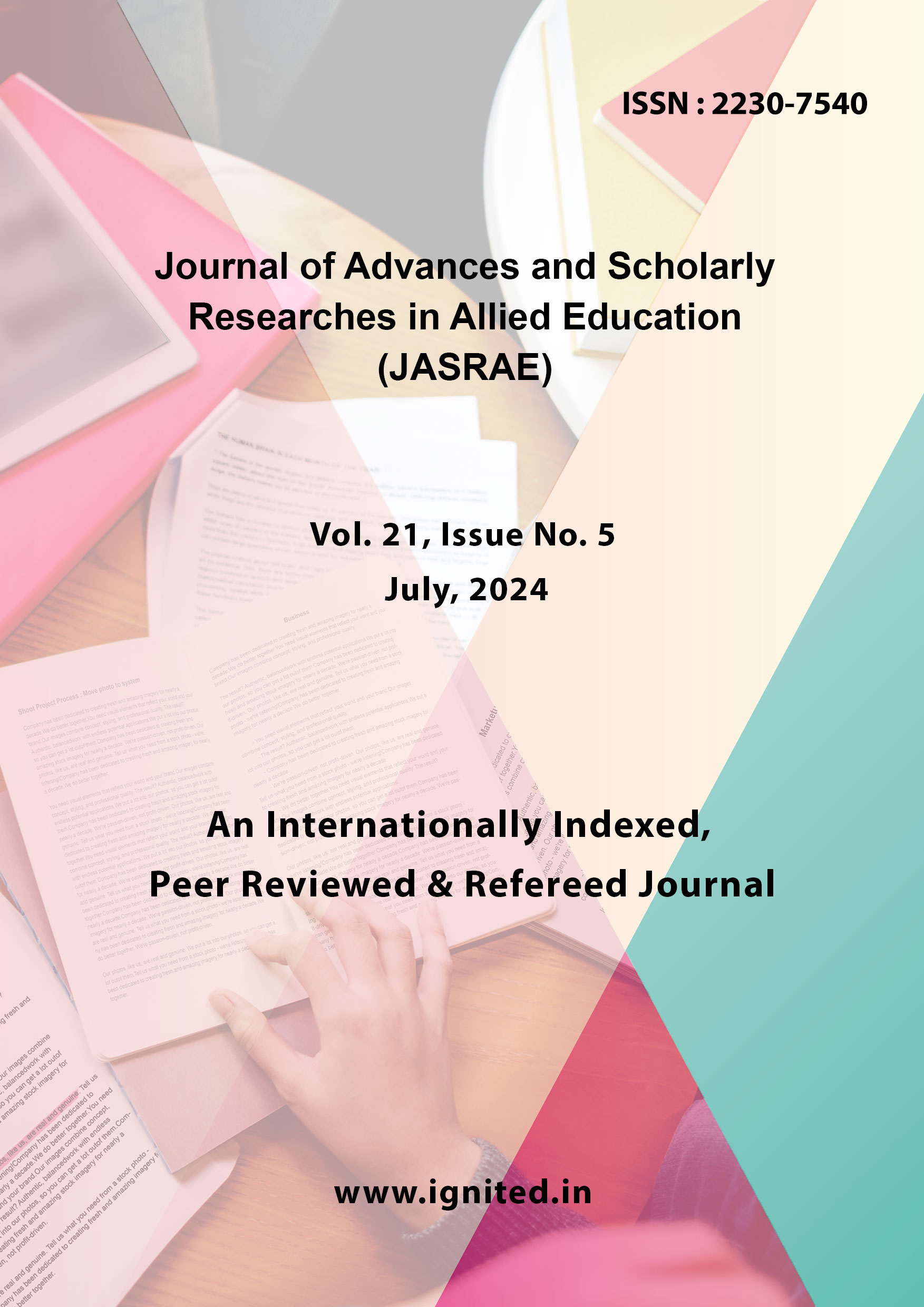Enhancing Predictive Modeling with Human-Like Intelligence: A Deep Feature Synthesis Approach
DOI:
https://doi.org/10.29070/cjnvh988Keywords:
Deep Features synthesis, Predictive modeling, artificial Intelligence, HLIAbstract
In this work, we create the Data Science Machine, an automated tool for extracting predictive models from unprocessed data. We initially propose and build the Deep Feature Synthesis method for automatically creating features for relational datasets in order to accomplish this automation. The pursuit of Human-Like Intelligence (HLI) in AI systems, the creation of emotionally intelligent AI, and the possible convergence of XAI with cognitive sciences are all further explored in this study. The advancement of artificial intelligence (AI) towards Artificial General Intelligence (AGI) raises important questions about consciousness, ethics, and social consequences.
References
Aldoseri, A.; Al-Khalifa, K.N.; Hamouda, A.M. Re-Thinking Data Strategy and Integration for Artificial Intelligence: Concepts, Opportunities, and Challenges. Appl. Sci. 2023, 13, 7082. https://doi.org/10.3390/app13127082
Christopher Collins et.al “Artificial intelligence in information systems research: A systematic literature review and research agenda” International Journal of Information Management Volume 60, October 2021, 102383
Paul D, Sanap G, Shenoy S, Kalyane D, Kalia K, Tekade RK. Artificial intelligence in drug discovery and development. Drug Discov Today. 2021 Jan;26(1):80-93. doi: 10.1016/j.drudis.2020.10.010. Epub 2020 Oct 21. PMID: 33099022; PMCID: PMC7577280.
Kanter, J.M., & Veeramachaneni, K. (2015). Deep feature synthesis: Towards automating data science endeavors. 2015 IEEE International Conference on Data Science and Advanced Analytics (DSAA), 1-10.
Jiménez-Luna, J., Grisoni, F. & Schneider, G. Drug discovery with explainable artificial intelligence. Nat Mach Intell 2, 573–584 (2020). https://doi.org/10.1038/s42256-020-00236-4
J. Wang, Z. Wang Strengths, Weaknesses, Opportunities and Threats (SWOT) Analysis of China’s Prevention and Control Strategy for the COVID-19 Epidemic Int J Environ Res Public Health, 17 (7) (2020), p. 2235, 10.3390/ijerph17072235
Koerhsen, W. (2018, June 2). Automated Feature Engineering in Python. Retrieved from https://towardsdatascience.com/automated-featureengineering-in-python-99baf11cc219
Kanter, J. M. and Veeramachaneni, K., "Deep feature synthesis: Towards automating data science endeavors," 2015 IEEE International Conference on Data Science and Advanced Analytics (DSAA), 2015, pp. 1-10, doi: 10.1109/DSAA.2015.7344858.
Patel, K. (2020, September 9). Image Feature Extraction: Traditional and Deep Learning Techniques. Retrieved from https://towardsdatascience.com/image-featureextraction-traditional-and-deep- learning-techniquesccc059195d04
Zahnert Thomas. (2011). The differential diagnosis of hearing loss. Deutsches Arzteblatt international., 108(25): 433-43
Waleed B. Alshuaib, Jasem M. Al-Kandari and Sonia M. Hasan (2015). Update On Hearing Loss, Intech Open Book, Chapter 2, ISBN 9789535121954
Zeineb Abdmouleh, Adel Gastlia, LazharBen Brahim, Mohamed Haouari,Nasser AhmedAl Emadia, 2017, Review of optimization techniques applied for the integration of distributed generation from renewable energy sources, Renewable Energy.,113: 266-280.
Mahendra Tiwari, Randhir Singh and Neeraj Vimal. (2013). An Empirical Study of Applications of Data Mining Techniques for Predicting Student Performance in Higher Education. International Journal of Computer Science and Mobile Computing, 2(2):53 – 57.
Sherine Dominick and Abdul Razak, T. (2014). Analyzing the Student Performance using Classification Techniques to find the better Suited Classifier. International Journal of Computer Applications, 104(4):1-3.
Abdullah AL-Malaise, Areej Malibari and Alkhozae. (2014). Students’ Performance Prediction System Using Multi Agent Data Mining Technique. International Journal of Data Mining and Knowledge Management Process., 4(5):1-20.











